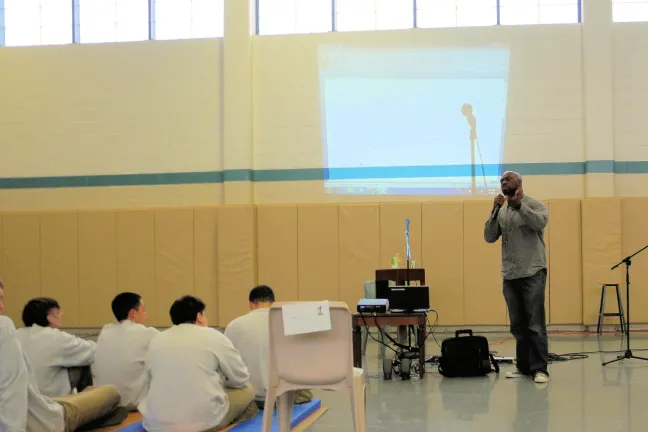Multnomah County will become the first county in Oregon to tap into federal money that will allow its Department of Community Justice to support its philosophy of keeping and treating more juvenile offenders in their community.
On Feb. 18, county DCJ officials announced during a briefing with the Board of Commissioners that they anticipate the department will receive $800,000 or more a year to support juvenile programs. The goals of those funds are reducing recidivism among juvenile offenders and helping young people to be more successful in their treatment programs.
“This is a very special moment for us, and so we’re celebrating,” DCJ director Scott Taylor said, adding that federal money will help the county move forward with its goals.
“How do we keep kids out of detention? How do we keep kids out of the youth prison system?” Taylor said.
The federal money is part of the Social Security Act for foster care and adoption assistance, called Title IV-E. The county will be reimbursed quarterly for preventative measures taken to keep at-risk young people in their home, including out-of-home placements (shelter beds and residential treatment); preparation for placement; development of case plans, case reviews; home and school visits; and court-related activity.
Instead of sending juveniles to correctional facilities outside of Multnomah County, the money will allow those young people to be closer to their families and support systems.
"These additional resources will not only keep kids connected to their families and home communities, but will also promote public safety by employing evidence-based interventions to keep youth from further penetrating the juvenile or adult criminal justice systems," said Christina McMahan, assistant director for the county's Juvenile Services Division.
McMahan said the department wouldn’t have been able to claim the federal money without collaboration from the Oregon Department of Human Services. Additionally, the county received support from the Multnomah County Circuit Court Judges and Judicial Officers; Multnomah Trial Court Administrator’s Office; Youth, Rights and Justice, a law firm representing children; Oregon Youth Authority; and the Multnomah County District Attorney’s Office Juvenile Division.
Multnomah County is the first county in Oregon and the first in Region 10 (Alaska, Idaho, Oregon and Washington) to receive Title IV-E money.
DHS Child Welfare Director Lois Day said Multnomah County has led the way for other counties to get access to money for juvenile corrections programs. Seven Oregon counties have begun the process to implement their own claiming programs for Title IV-E money, McMahan said.
One example of how the money will be used can be found in an evidence-based, culturally responsive model used by Youth Villages, a organization that has begun to serve some of the DCJ’s juvenile clients. Youth Villages provides 24/7 wraparound services to young people and their families in their homes.
In the last year, 24 young people who have been assessed to be medium-to-high risk to reoffend have been enrolled in Youth Villages and only two have not been successful so far.
Read additional press coverage:
The Oregonian, “Multnomah County taps federal dollars for new juvenile justice program” (Feb. 18, 2014)
The Skanner, “Multnomah County Secures Federal Funds to Keep Youth Offenders at Home” (Feb. 18, 2014)

